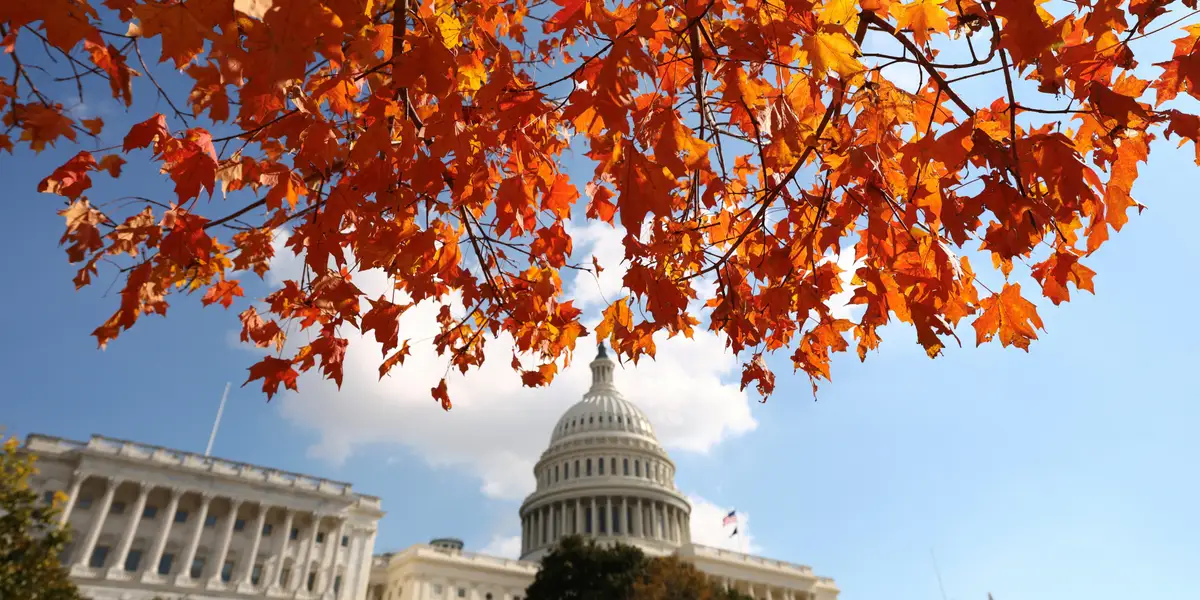Copyright Business Insider

At day 36, the government shutdown is the longest in US history. Americans are feeling the impact: Airports are experiencing widespread delays, trash is piling up at national parks, safety net programs are running out of money, and federal workers are furloughed or on the job without pay. The government halted nonessential operations beginning at 12:01 a.m. on October 1. Without a funding agreement in Congress, it's unclear when it will reopen. The previous shutdown record-holder was a 35-day funding lapse between late 2018 and early 2019. Other historical shutdowns range from a couple of hours to a few weeks. How Americans are impacted From travel to benefit checks, Americans are directly impacted by the shutdown. The Supplemental Nutrition Assistance Program — which 42 million Americans rely on to afford groceries — has been in jeopardy. The program ran out of funds to pay November benefits, though a late-October court order requires the Trump administration to partially pay SNAP with emergency funds. On Tuesday afternoon, however, Trump said that benefits wouldn't go out until the shutdown ends. Thousands of low-income families are also at at risk of losing access to Head Start programs in November, with childcare centers in 14 states already closing their doors. Temporary Assistance for Needy Families (TANF) and Special Supplemental Nutrition for Women, Infants, and Children (WIC), could see a disruption of benefits until the government reopens, though Social Security, Medicare, and Medicaid payments are continuing as normal. Government employees across agencies told Business Insider they have missed weeks of pay. Over two dozen said they are cutting back on kids' activities, home repairs, social spending, and more until the government reopens. Many are worried about losing their jobs in the Trump administration's layoffs, though the latest workforce cuts are currently blocked by a court order. The White House has signaled these federal workers aren't guaranteed back pay. Select law enforcement like border patrol, Secret Service, and deportation officers remain on the payroll, as do military personnel. The administration pulled from a Homeland Security budget and an anonymous multi-million dollar donation to cover the costs. Related stories Business Insider tells the innovative stories you want to know Business Insider tells the innovative stories you want to know Meanwhile, airport employees and travelers are concerned about what the shutdown means for the upcoming holiday travel wave. Staff told Business Insider they are overwhelmed, understaffed, and on the job without pay. National museums, parks, zoos, and historical sites are partially operational or fully closed. What comes next The Senate has yet to agree on a spending plan, a move that would reopen the government. The House passed an initial budget agreement on September 19, but the Senate hit a stalemate the following week, largely over funding for Affordable Care Act subsidies and Medicaid. Democrats are calling on Republicans to extend the ACA subsidies beyond their December 31 expiration date and reverse the Medicaid changes made in President Donald Trump's One Big Beautiful Bill Act. As open enrollment begins for health insurance this month, Americans on ACA Marketplace plans could see a hike in their expected 2026 premiums. "Democrats have SHUT DOWN the United States Government right in the midst of one of the most successful Economies, including a Record Stock Market, that our Country has ever had," President Donald Trump wrote in an October 6 Truth Social post. "This has sadly affected so many programs, services, and other elements of Society that Americans rely on — And it should not have happened." Most money the government spends is carefully allocated to specific uses. To end the shutdown, Congress needs to decide on a temporary or long-term spending plan, which Trump would need to sign.



